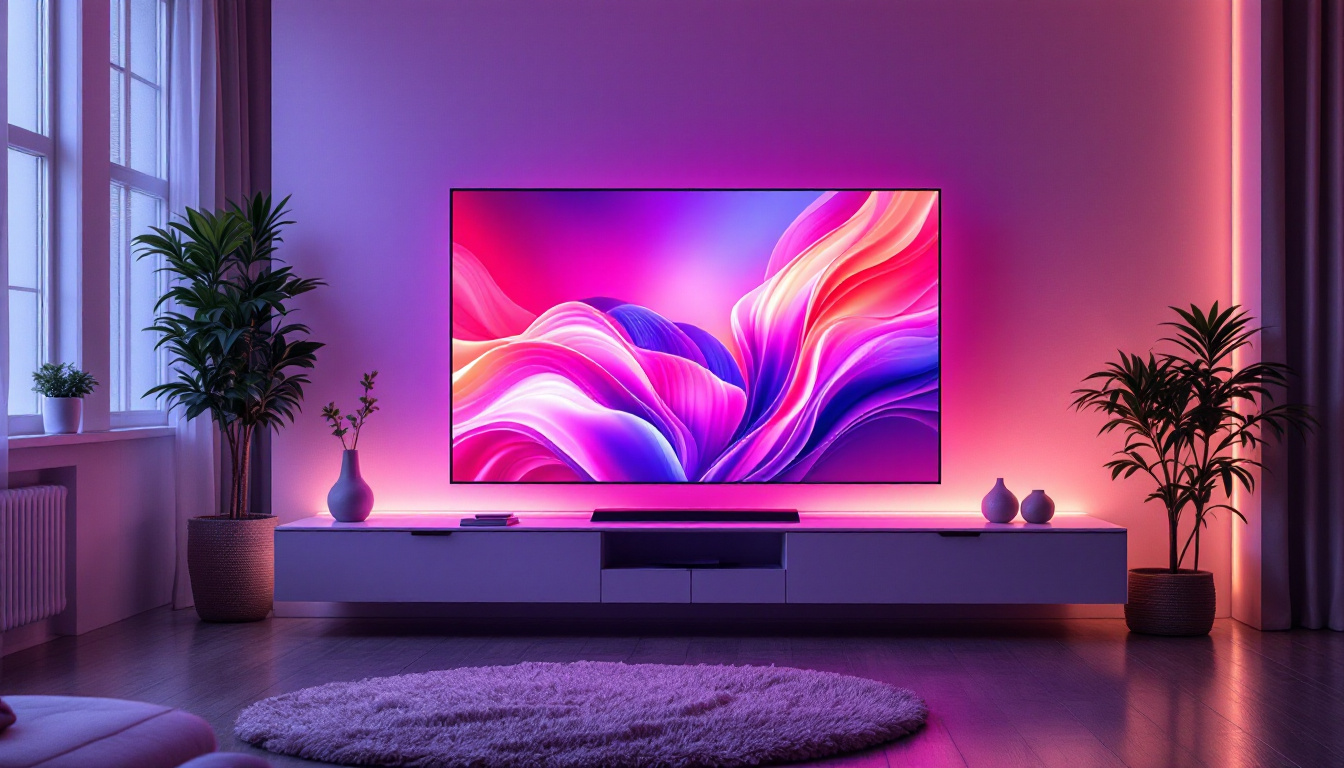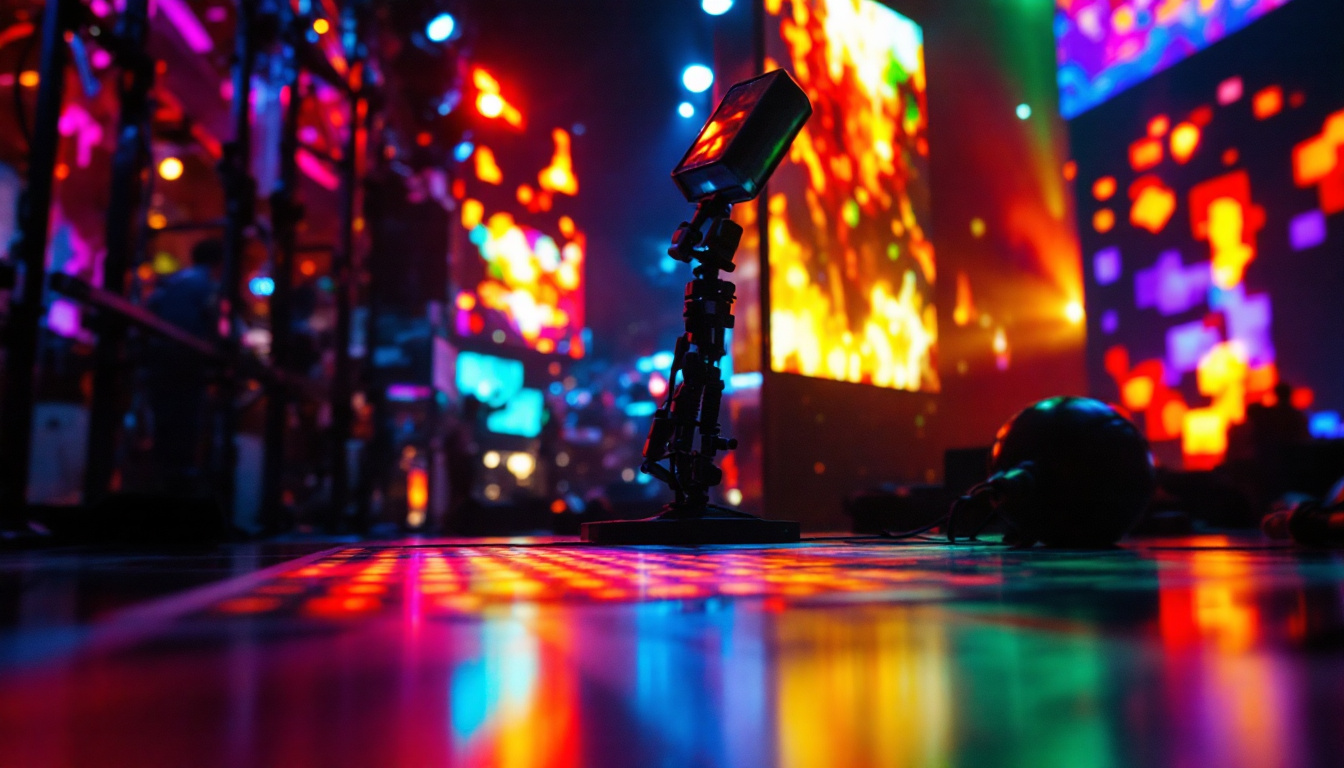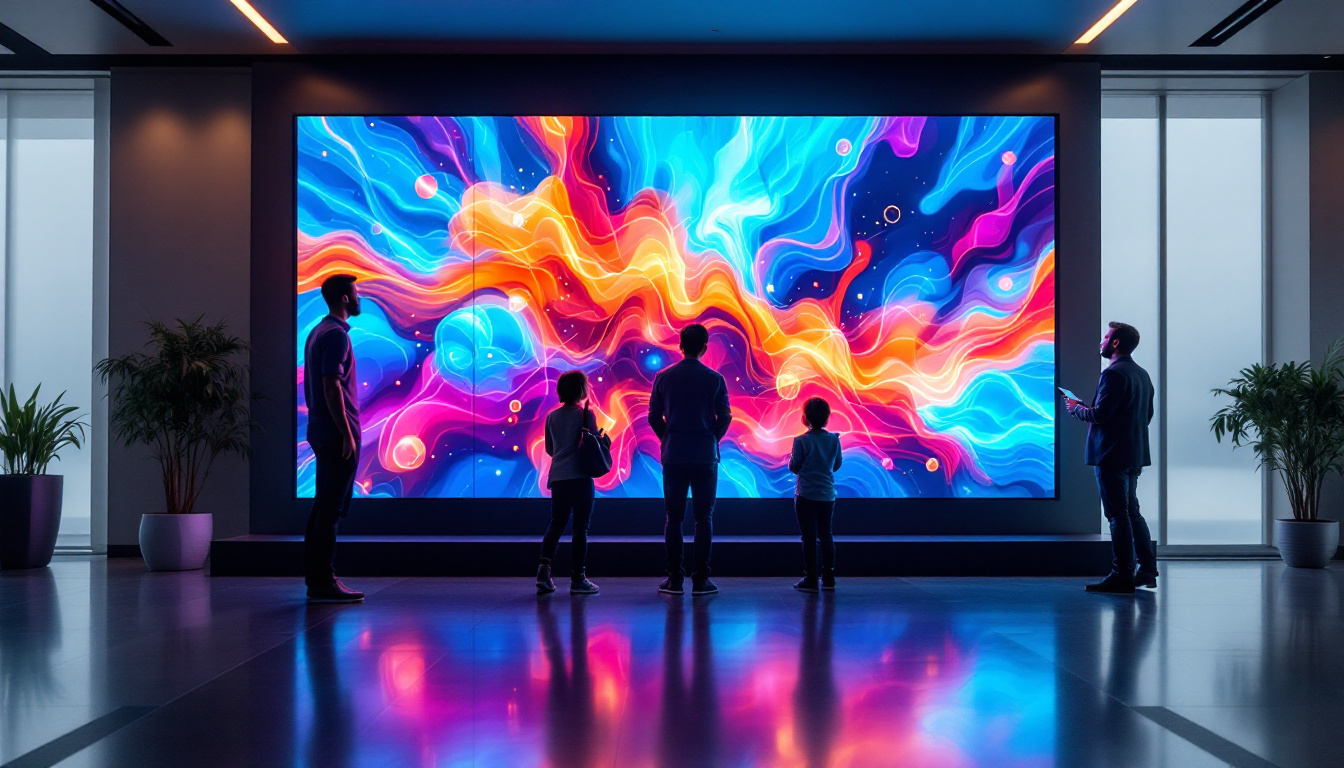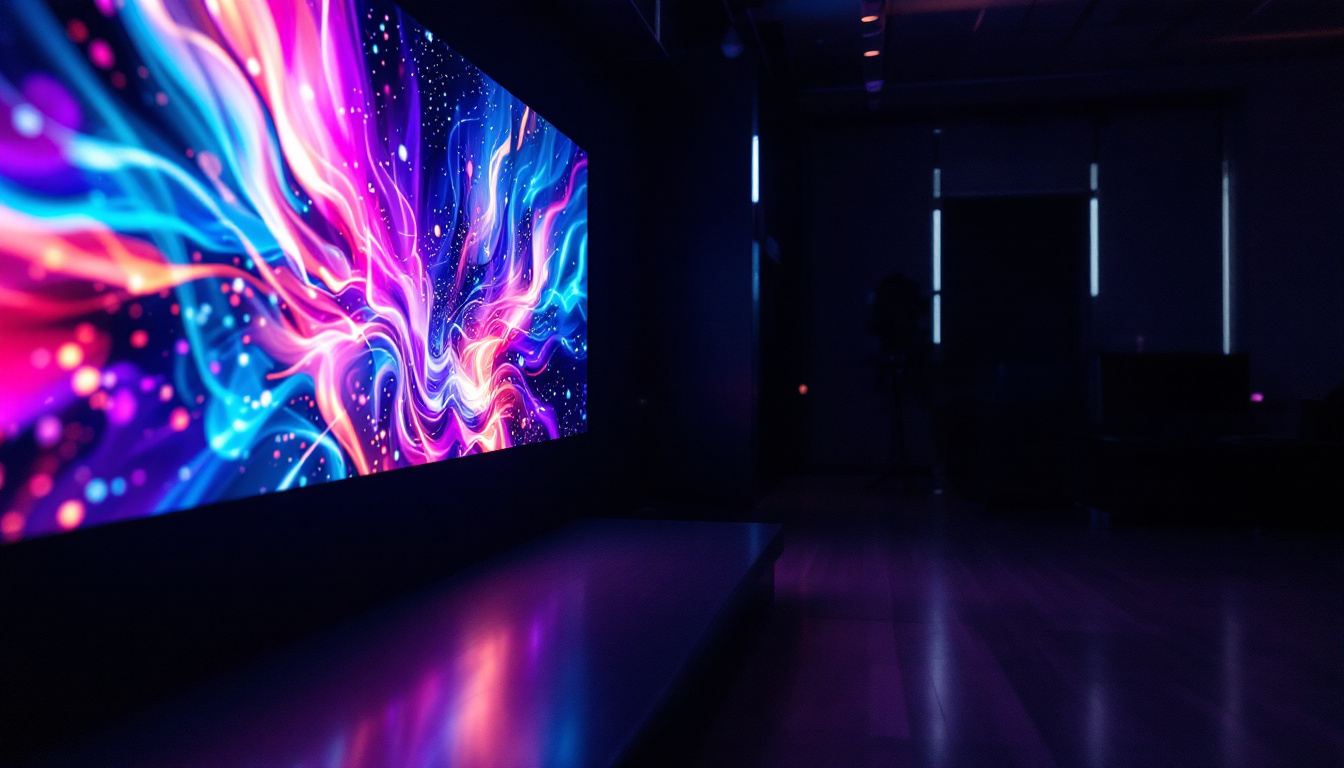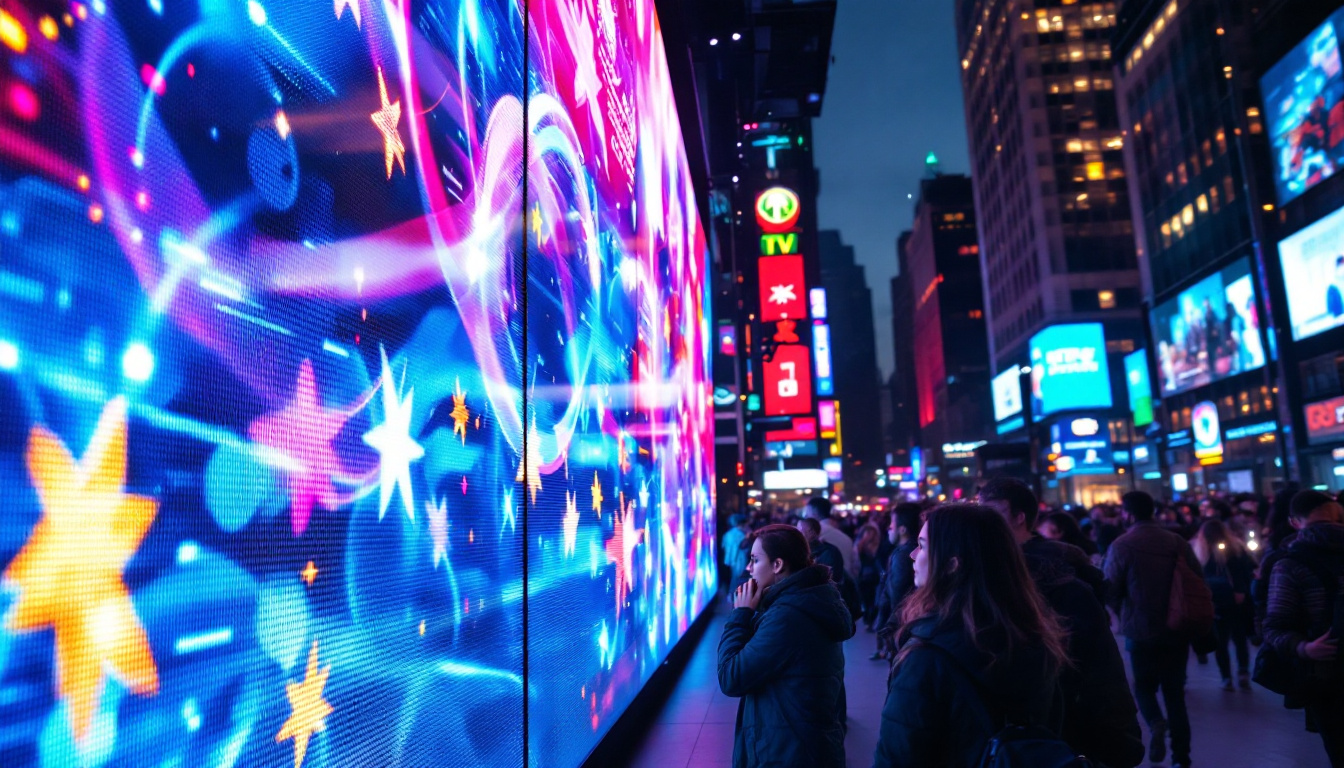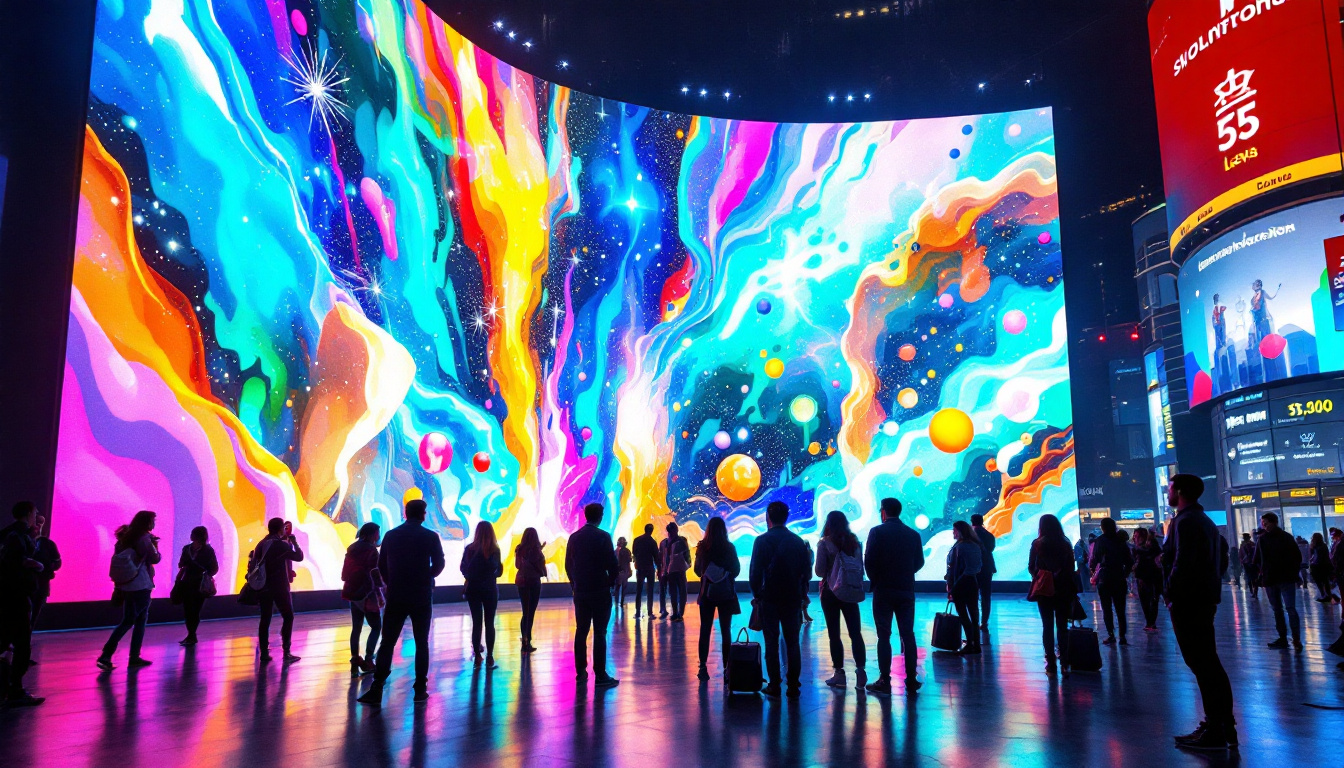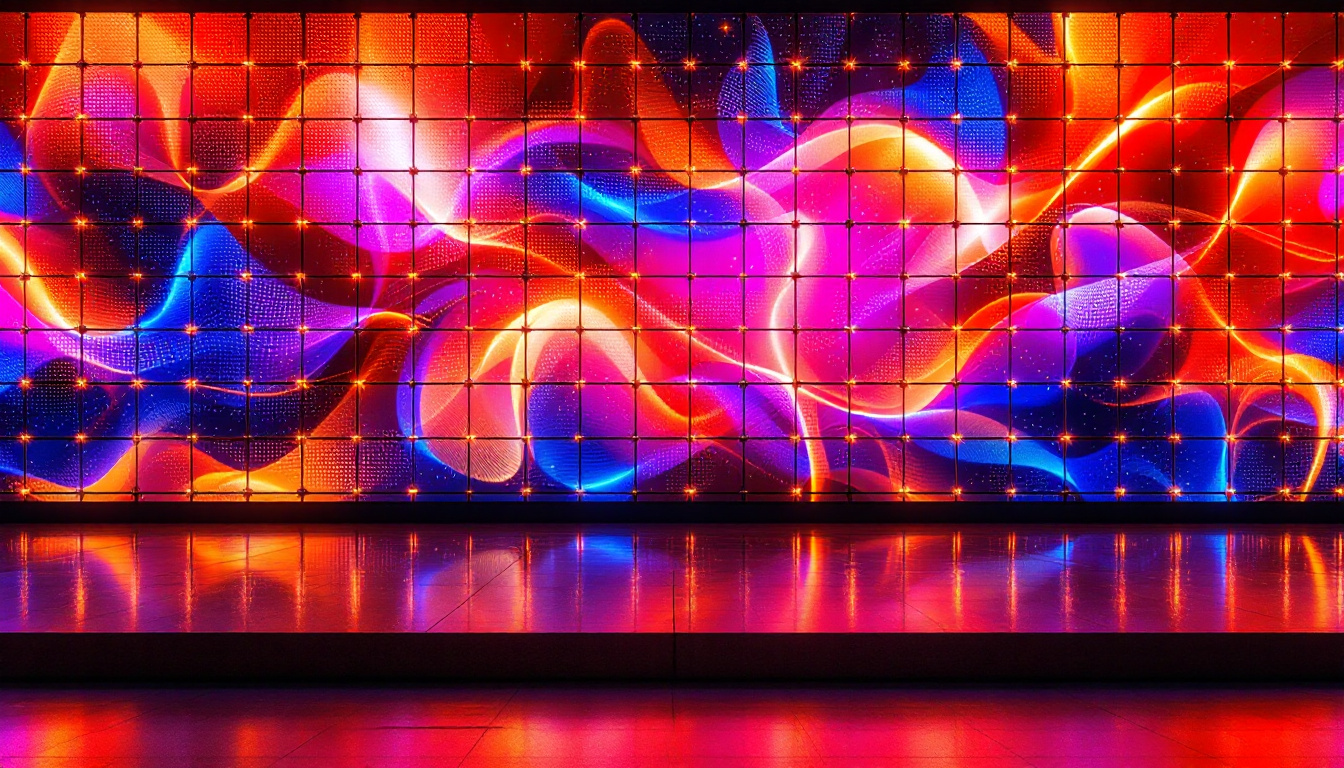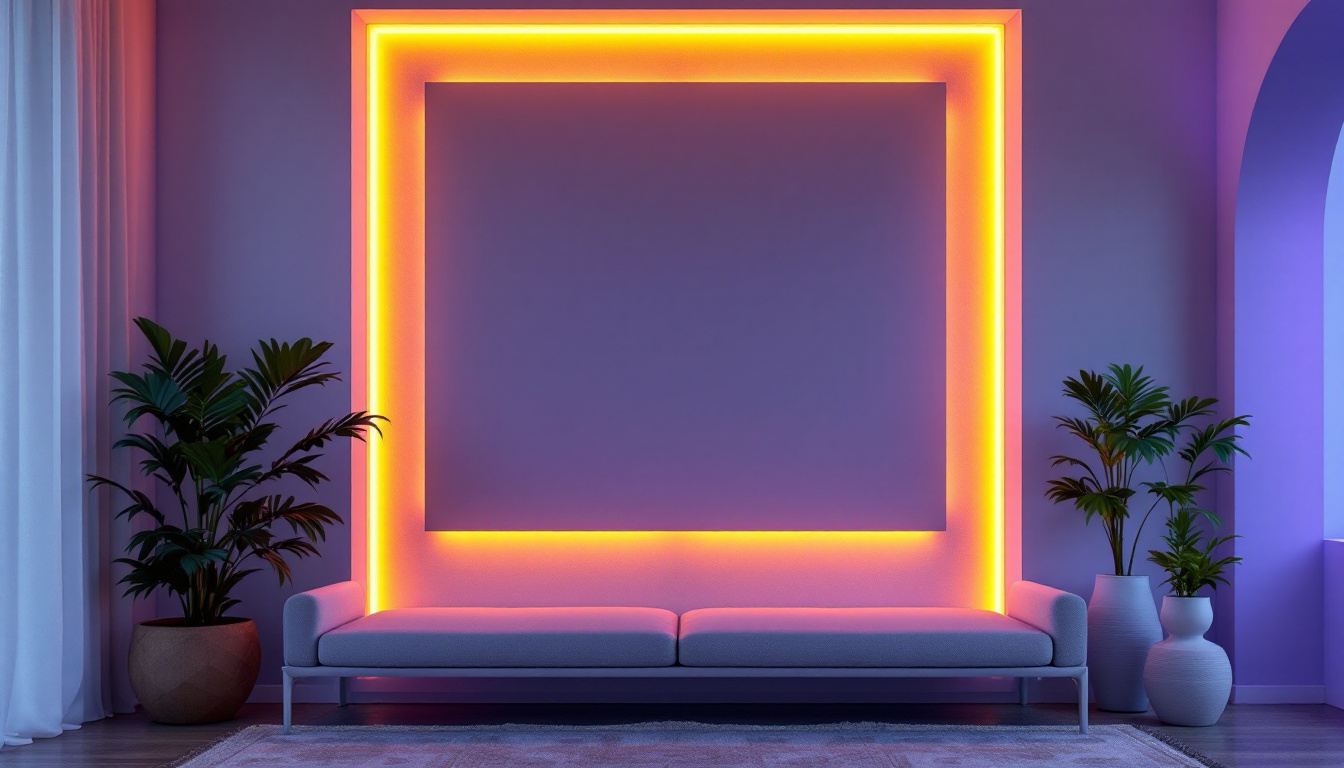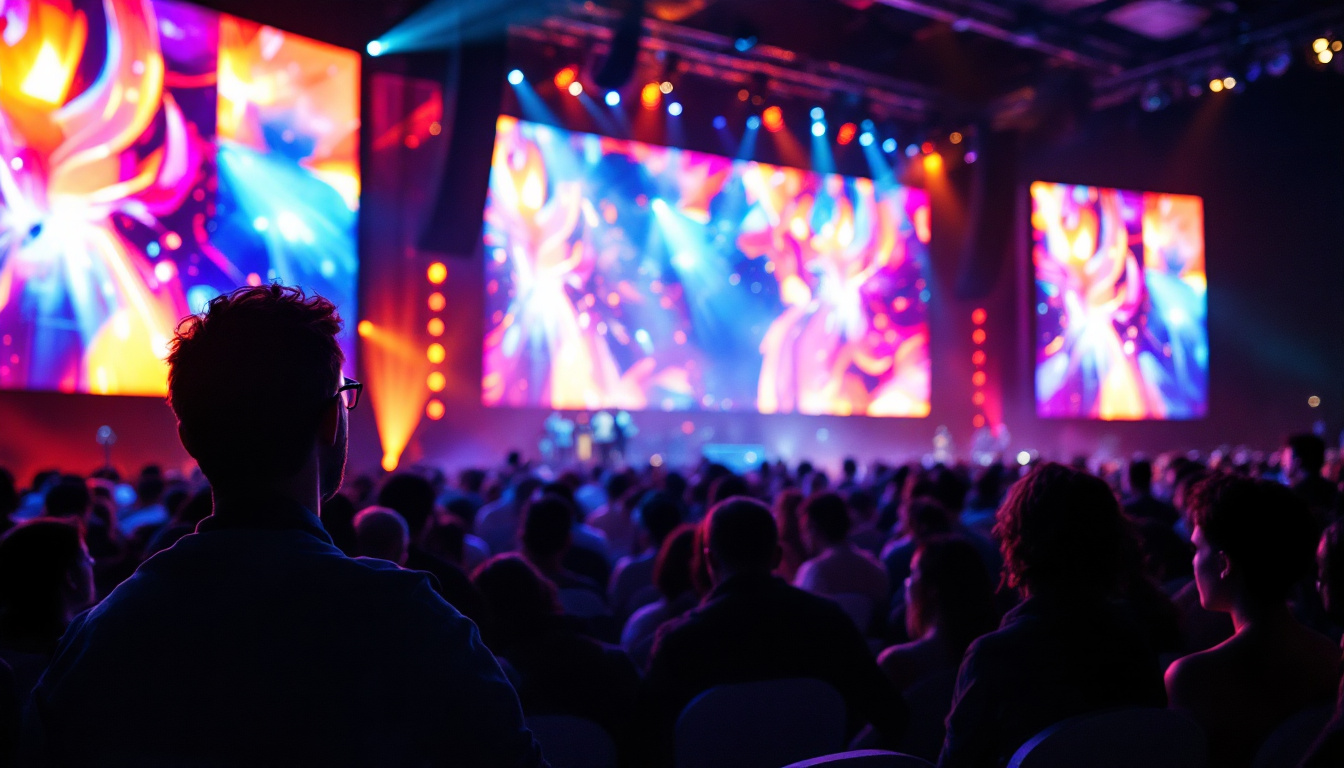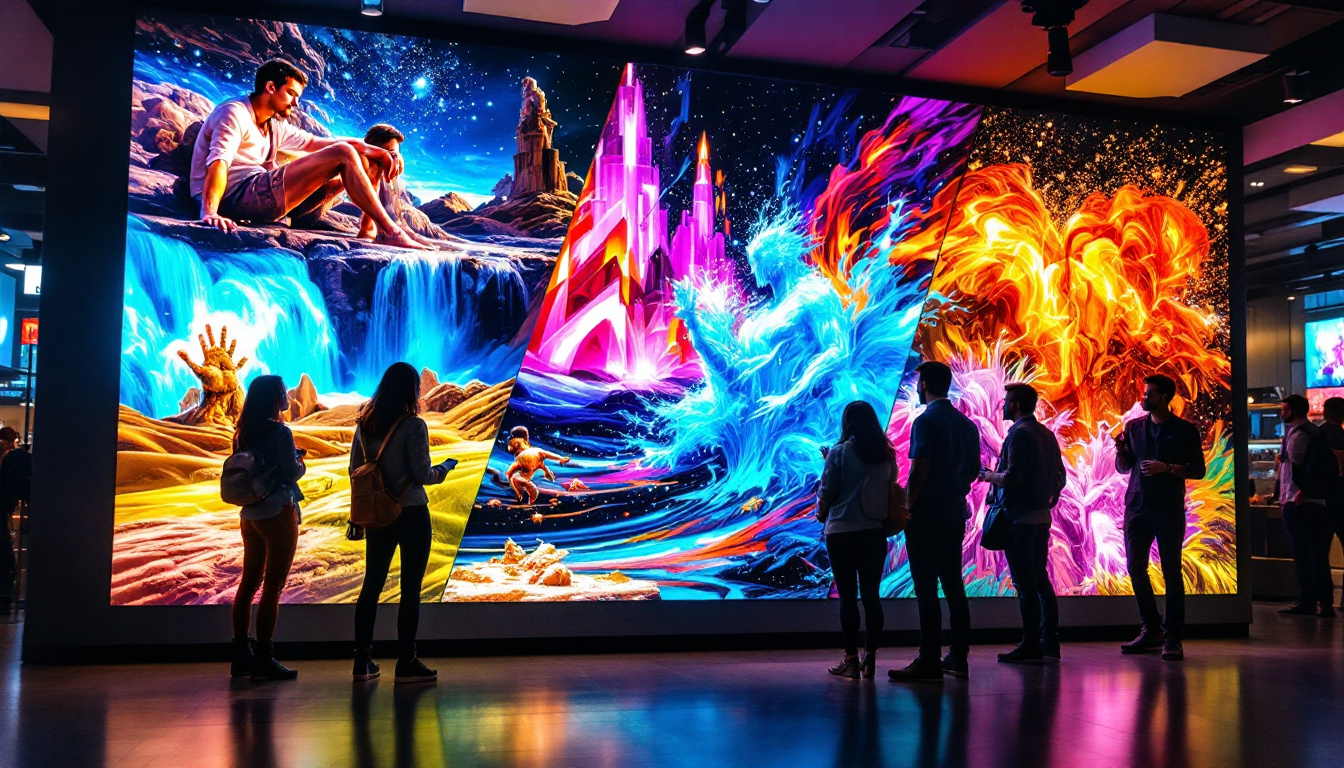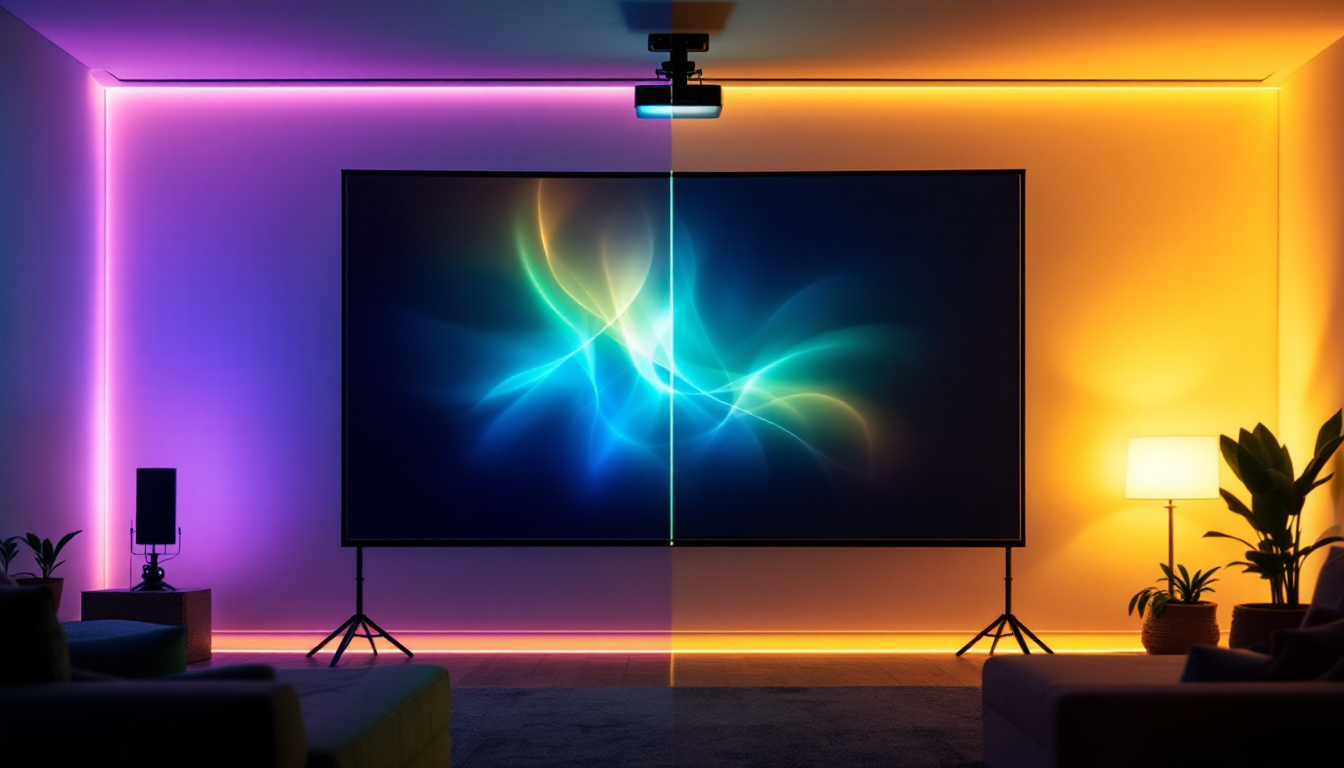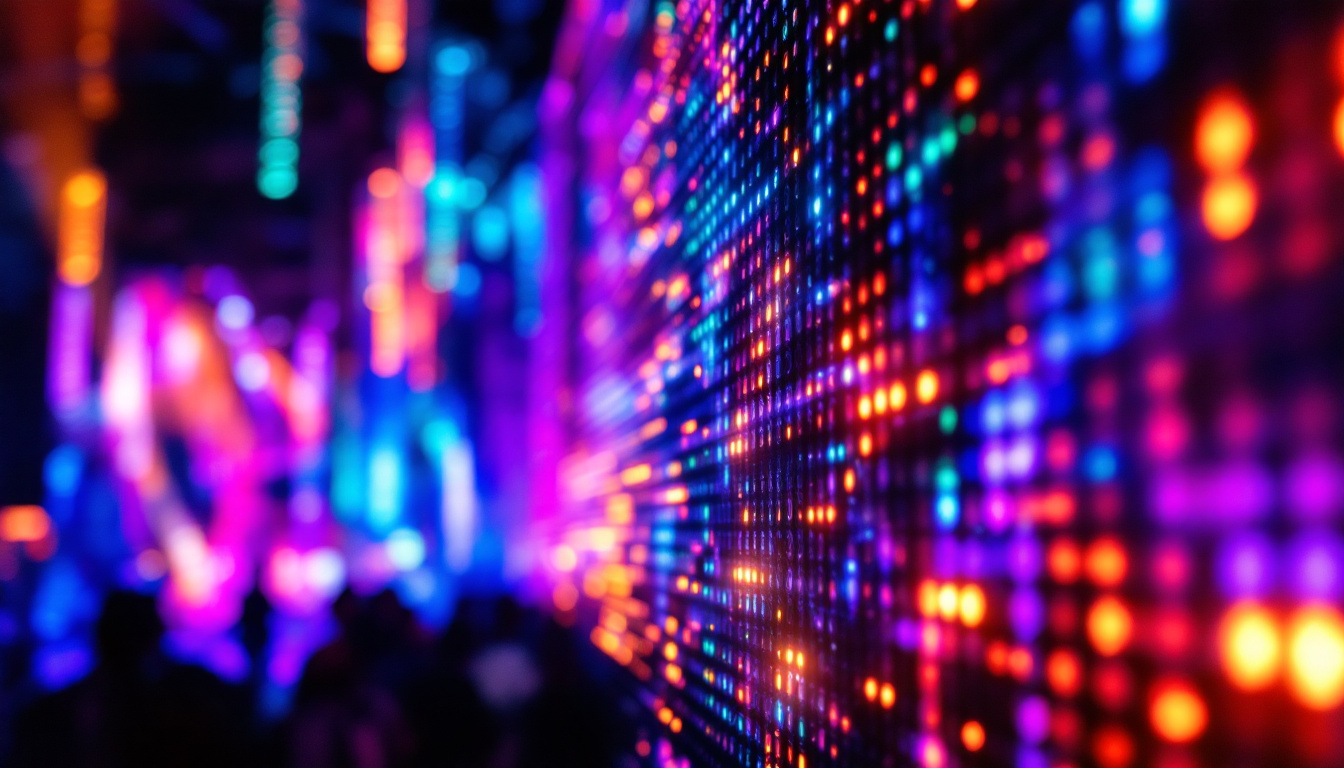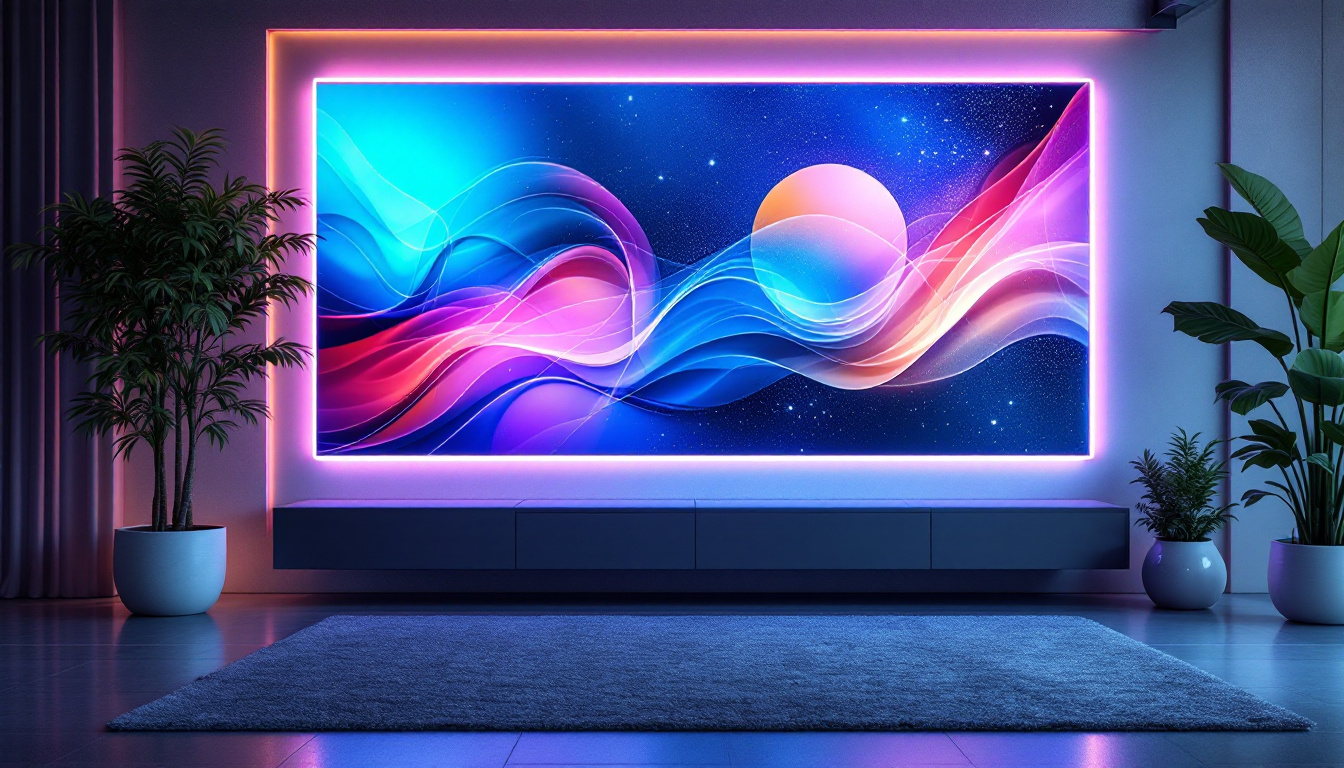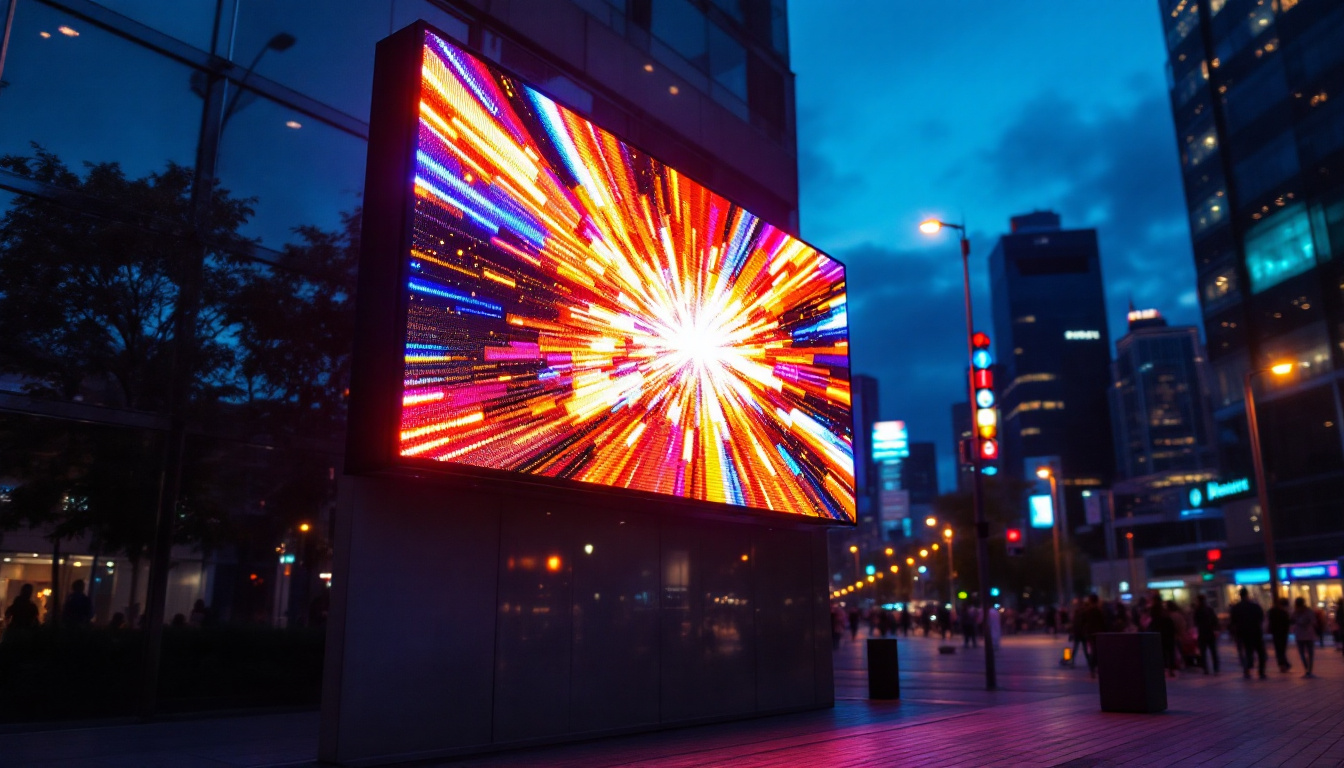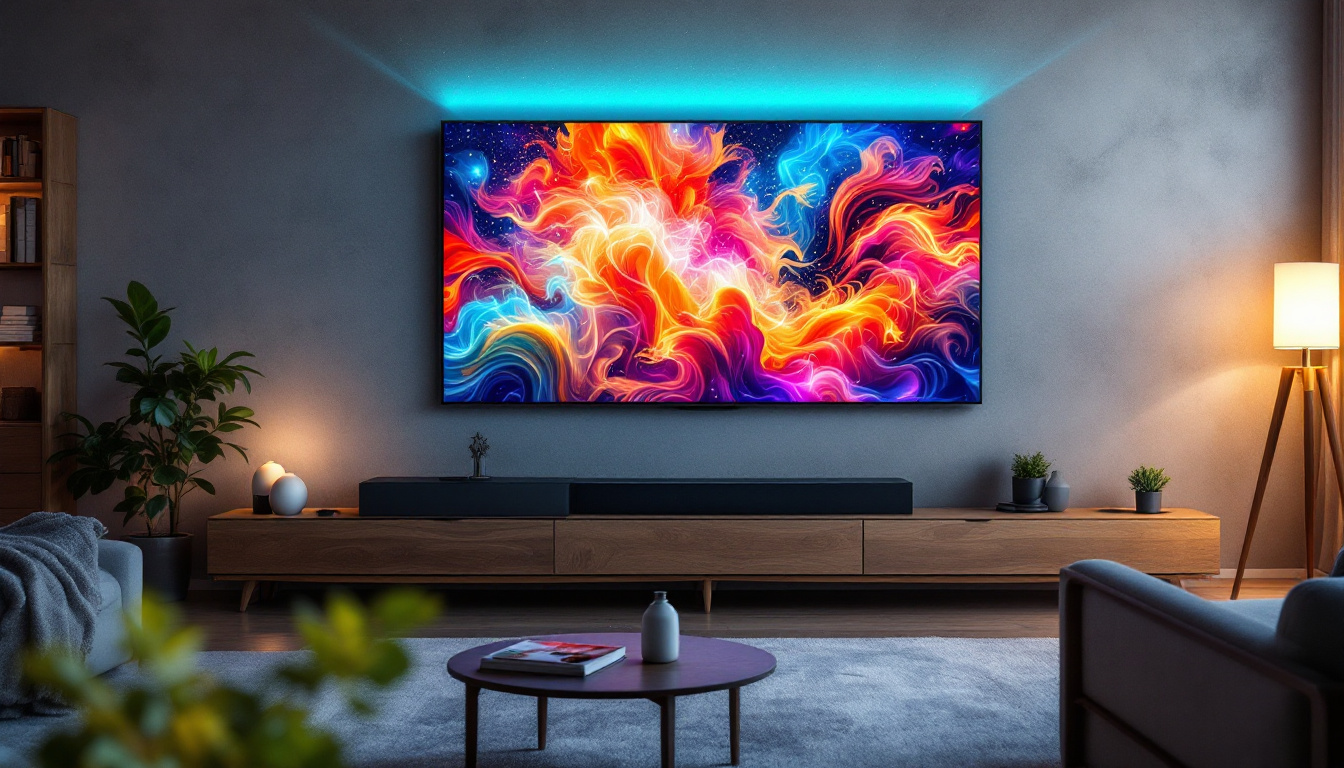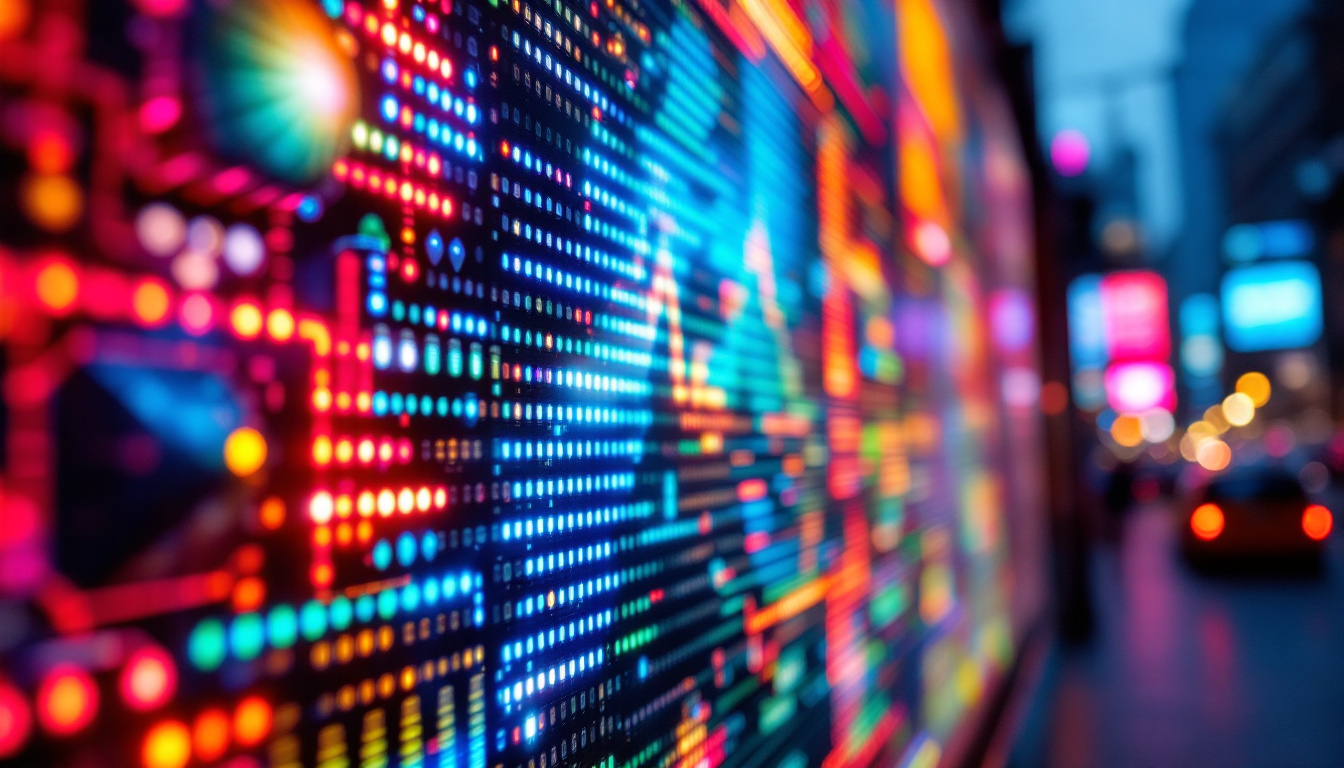What Is The Newest TV Screen Technology: LED Display Explained
In the ever-evolving world of television technology, LED displays have emerged as one of the most significant advancements. As consumers seek better viewing experiences, understanding the intricacies of LED technology becomes essential. This article delves into what LED displays are, how they work, and their advantages over other screen technologies.
Understanding LED Technology
LED, or Light Emitting Diode, technology has revolutionized the way images are displayed on screens. Unlike traditional LCDs that rely on fluorescent backlighting, LED displays utilize an array of tiny diodes to produce light. This fundamental difference not only enhances picture quality but also improves energy efficiency. The advancements in LED technology have led to thinner, lighter screens that can be produced at a lower cost, making high-quality displays more accessible to consumers across the globe.
How LED Displays Work
At the core of LED technology is the diode itself, which emits light when an electric current passes through it. In LED televisions, these diodes are arranged in a grid behind the screen, allowing for precise control over brightness and color. There are two primary types of LED displays: edge-lit and full-array.
Edge-lit LED displays have diodes positioned along the edges of the screen, which means light is directed across the display. This design allows for thinner screens but can sometimes result in uneven brightness. On the other hand, full-array LED displays feature a grid of diodes across the entire back of the screen, providing more uniform lighting and better contrast ratios. The ability to control individual zones of brightness in full-array displays also enhances the viewing experience, particularly in scenes with high dynamic range (HDR), where the contrast between light and dark areas is crucial for realism.
Types of LED Displays
While all LED displays share the same basic technology, they can be categorized into several types based on their specific features and capabilities. The most common types include:
- Standard LED: The basic form of LED technology, providing improved brightness and color accuracy compared to traditional LCDs.
- OLED: Organic Light Emitting Diodes offer deeper blacks and better contrast by allowing individual pixels to turn off completely. This results in stunning visuals that are particularly noticeable in dark scenes, making OLED a favorite among cinephiles.
- QLED: Quantum Dot LED displays utilize quantum dots to enhance color and brightness, providing a more vivid viewing experience. This technology is particularly effective in bright environments, as QLED displays maintain their color accuracy and brightness even in well-lit rooms.
Another emerging type of LED technology is MicroLED, which is gaining traction for its potential to offer the best of both worlds. MicroLED displays consist of microscopic LEDs that form individual pixels, allowing for incredible color accuracy, brightness, and contrast without the drawbacks of burn-in associated with OLED. Additionally, MicroLED technology supports modular designs, enabling screens to be customized in size and shape, which opens up new possibilities for innovative display applications in both consumer electronics and commercial settings.
The Advantages of LED Displays
LED displays have gained immense popularity due to their numerous advantages over older technologies. Their benefits extend beyond just visual quality, impacting energy consumption and overall user experience.
Picture Quality
One of the most compelling reasons to choose an LED display is the superior picture quality it offers. With higher brightness levels and improved color accuracy, LED screens can produce stunning visuals that bring content to life. The ability to achieve deeper blacks and brighter whites enhances the overall contrast, making images appear more vibrant and realistic.
Additionally, advancements in local dimming technology allow for better control over the light output in specific areas of the screen. This feature is particularly beneficial for scenes with both dark and bright elements, ensuring that details are preserved in shadows while highlights remain striking. The result is a viewing experience that captures the full spectrum of color and detail, making movies, games, and sports more immersive than ever before.
Moreover, the rapid refresh rates of many LED displays contribute to smoother motion handling, which is crucial for fast-paced action sequences in films or video games. This capability minimizes motion blur and enhances clarity, allowing viewers to fully engage with the content without distraction. As a result, LED displays are becoming the go-to choice for both home theaters and professional settings, where visual fidelity is paramount.
Energy Efficiency
LED displays are significantly more energy-efficient than their predecessors. The use of diodes means that less energy is required to produce the same level of brightness compared to traditional LCDs. This not only reduces electricity bills but also makes LED technology a more environmentally friendly option.
Furthermore, many LED televisions come equipped with energy-saving modes that automatically adjust brightness based on ambient light conditions. This feature not only conserves energy but also enhances the viewing experience by optimizing screen performance based on the environment. By intelligently adapting to the lighting around them, LED displays ensure that viewers can enjoy their favorite shows or movies without straining their eyes, even in dimly lit rooms.
In addition to these features, the reduced heat output of LED displays compared to older technologies means they are less likely to contribute to increased room temperatures, further enhancing comfort during extended viewing sessions. This energy efficiency not only benefits individual consumers but also contributes to a larger movement toward sustainable technology in the electronics industry.
Longevity and Durability
Another advantage of LED displays is their longevity. LED technology is known for its durability, with many screens lasting over 50,000 hours of use. This extended lifespan means that consumers can enjoy their televisions for years without the need for replacement.
Additionally, LED screens are less prone to burn-in issues compared to OLED displays. This makes them particularly suitable for varied viewing habits, such as gaming or watching news channels with static logos. The robust construction of LED displays also means they can withstand the rigors of daily use, making them a reliable choice for both home and commercial environments.
Furthermore, many manufacturers are now offering warranties that reflect the confidence in the durability of their LED products, often extending up to several years. This not only provides peace of mind for consumers but also underscores the long-term value of investing in LED technology. As the market continues to evolve, innovations in materials and manufacturing processes are likely to further enhance the lifespan and performance of LED displays, solidifying their position as a leading choice in display technology.
Comparing LED with Other Technologies
While LED displays offer numerous advantages, it is essential to compare them with other technologies to understand their place in the market. The most notable competitors include OLED and traditional LCD displays.
LED vs. OLED
OLED technology has gained popularity for its ability to produce perfect blacks and exceptional color accuracy. Each pixel in an OLED display emits its own light, allowing for complete control over brightness and contrast. This results in stunning visuals, especially in dark scenes.
However, OLED displays can be more expensive and are susceptible to burn-in, where static images can leave a permanent mark on the screen. In contrast, LED displays offer a more cost-effective solution with excellent brightness and color performance, making them a popular choice for everyday consumers.
LED vs. Traditional LCD
Traditional LCDs rely on fluorescent backlighting, which can result in less vibrant colors and lower contrast ratios compared to LED displays. While LCDs can still provide decent picture quality, they often fall short in terms of brightness and energy efficiency.
LED technology has effectively replaced traditional LCDs in most consumer markets due to its superior performance and lower energy consumption. As a result, consumers are increasingly opting for LED displays as their primary choice for televisions.
Future Trends in LED Technology
The landscape of LED technology continues to evolve, with several trends shaping the future of television displays. As manufacturers push the boundaries of innovation, consumers can expect even more advanced features and capabilities in the coming years.
Mini-LED and Micro-LED
One of the most exciting developments in LED technology is the emergence of Mini-LED and Micro-LED displays. Mini-LED technology utilizes smaller diodes, allowing for more precise control over local dimming and improved contrast ratios. This results in enhanced picture quality, particularly in high dynamic range (HDR) content.
Micro-LED, on the other hand, takes this a step further by using microscopic LEDs that can form individual pixels. This technology promises to deliver exceptional brightness, color accuracy, and contrast, rivaling OLED displays while eliminating issues such as burn-in.
Integration with Smart Technology
As televisions become increasingly integrated with smart technology, LED displays are evolving to offer enhanced connectivity and functionality. Many modern LED TVs come equipped with built-in streaming services, voice control capabilities, and compatibility with smart home devices.
This integration allows users to access their favorite content seamlessly and control their viewing experience with ease. As technology continues to advance, future LED displays will likely incorporate even more features, making them central hubs for home entertainment.
Choosing the Right LED Display
With a plethora of options available in the market, selecting the right LED display can be a daunting task. Several factors should be considered to ensure that the chosen television meets the viewer’s needs and preferences.
Screen Size and Resolution
When choosing an LED display, screen size and resolution are critical factors. The size of the television should be proportional to the viewing distance; larger screens are typically better for larger rooms. Additionally, opting for higher resolutions, such as 4K or even 8K, can enhance the viewing experience by providing sharper images and more detail.
Smart Features and Connectivity
As technology progresses, smart features have become a standard in many LED displays. Consumers should consider the availability of built-in streaming services, voice control, and compatibility with other devices. Connectivity options, such as HDMI ports and wireless capabilities, are also essential for a seamless entertainment experience.
Conclusion
LED display technology has transformed the television landscape, offering superior picture quality, energy efficiency, and durability. As advancements continue to shape the future of displays, consumers can look forward to even more innovative features and capabilities. Understanding the nuances of LED technology empowers viewers to make informed decisions, ensuring they choose the right television for their needs. With the right LED display, the viewing experience can be elevated to new heights, making every movie night or gaming session unforgettable.
Discover the Future of Visual Experience with LumenMatrix
As you embrace the advancements in LED display technology, take the next step with LumenMatrix, a pioneer in crafting immersive visual experiences. Whether you’re looking to elevate your home entertainment or transform your business’s brand visibility, LumenMatrix offers a comprehensive range of LED display solutions tailored to your needs. From Indoor and Outdoor LED Walls to innovative Transparent Displays, our products are designed to captivate and engage. Check out LumenMatrix LED Display Solutions today and join the revolution in high-impact visual communication.

